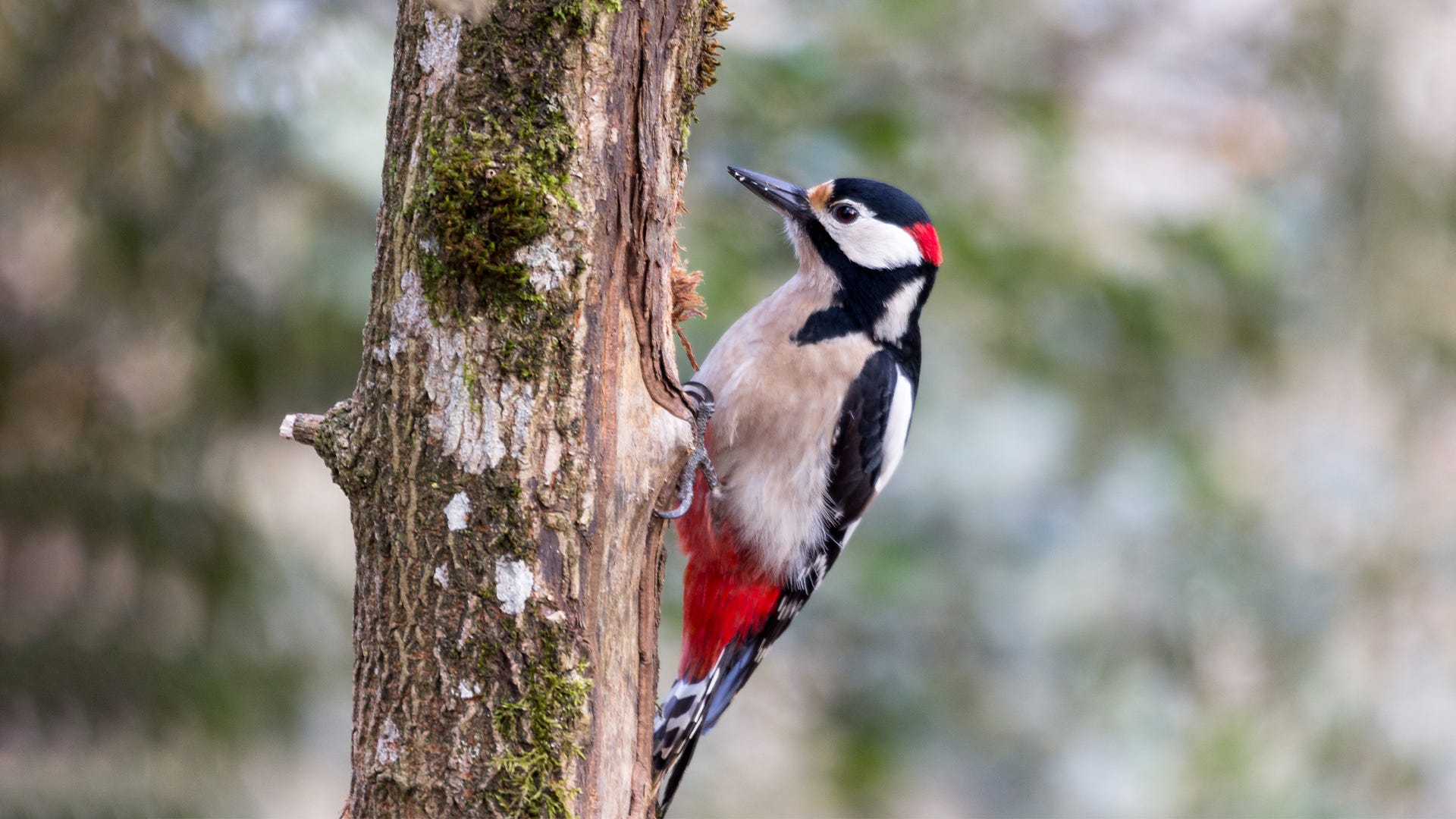Experiencing Woodpeckers in Florida: Species Variety and Identification
Experiencing Woodpeckers in Florida: Species Variety and Identification
Blog Article
Introducing the Keys of Woodpeckers: Behavior, Habitat, and Much More
Woodpeckers, with their special behaviors and specialized adaptations, have actually long attracted scientists and nature lovers alike. These impressive birds have a variety of intriguing tricks that dropped light on their survival strategies, habitat choices, and elaborate interaction techniques. By discovering the secrets bordering woodpeckers' habits and environment options, a much deeper understanding of these bird wonders arises, offering a glimpse into their remarkable world. What makes these birds truly remarkable, and exactly how do they navigate their atmosphere with such accuracy and ability? Let's check out the fascinating realm of woodpeckers and untangle the enigmatic details that make them such fascinating topics of research study.
Woodpecker Actions Insights
In taking a look at woodpecker behavior, a fascinating display of specialized abilities and adjustments emerges, dropping light on their impressive eco-friendly niche. Woodpeckers, understood for their distinct drumming on trees, possess a variety of behavioral attributes that contribute to their survival and success in their setting.
Additionally, woodpeckers show an one-of-a-kind feeding behavior defined by their capability to extract bugs from tree bark using their specialized beaks. Their long, barbed tongues help in capturing target, while their strong neck muscles supply stability and accuracy during pecking motions. This feeding strategy allows woodpeckers to accessibility concealed insect larvae and extract them with impressive performance.
Environment Preferences and Option
What elements influence the environment choices and choice of woodpeckers? One vital aspect influencing woodpecker environment selection is the availability of appropriate nesting websites. Woodpeckers usually prefer forests with a mix of fully grown trees that supply ample opportunities for cavity excavation.
Furthermore, woodpeckers reveal a choice for habitats with an abundant supply of food resources. They are primarily insectivorous, feeding on beetles, ants, larvae, and other pests located in worn out timber or tree bark. As a result, woodpeckers tend to favor woody locations with a diverse insect populace to fulfill their nutritional requirements.
Additionally, the existence of dead or rotting trees is another vital consider woodpecker environment option. These trees not just provide food resources but additionally offer ideal substratum for cavity excavation. Dead trees are necessary for the upkeep of healthy and balanced woodpecker populaces, as they play an important duty in the woodpeckers' life process and environment dynamics.
Feeding Routines and Diet Plan Structure
Woodpeckers show a specialized feeding view it now habits focused on foraging for pests within different environments. In addition to pests, woodpeckers additionally take in tree sap, fruits, nuts, and seeds, including variety to their diet depending on the season and availability of food sources.
The foraging techniques of woodpeckers are well-adapted to their arboreal way of living (Woodpeckers in Florida). Their capability to excavate timber not only offers them with food yet likewise helps in creating nesting cavities and developing territories. Woodpeckers play an important role in preserving the health and wellness of forests by controlling insect populations and assisting in the decomposition of wood. Comprehending their feeding routines and diet structure is important for preservation efforts targeted at maintaining these one-of-a-kind and useful birds.
Drumming Appears and Interaction
Utilizing quick drumming sounds on various surface areas, woodpeckers use a distinctive type of interaction to signify region boundaries and attract mates. This drumming habits is not only a means of see this communication but also offers as a means for woodpeckers to develop their existence within a certain area. The intensity, rate, and pattern of the drumming can share important details to other woodpeckers around.
Woodpeckers utilize drumming noises to announce their presence in a territory and to warn off potential trespassers. The loud and recurring nature of the drumming functions as a clear signal to other woodpeckers that the area is currently declared. This assists in reducing conflicts and reducing physical confrontations in between people.

Survival Adaptations and Specialized Composition

Final Thought
In conclusion, woodpeckers show unique actions, such as drumming audios for communication, and have actually specialized anatomy for survival in their picked habitats. Their feeding routines and diet composition further show their flexibility to different environments. By understanding these aspects of woodpeckers, researchers and conservationists can better secure and preserve these interesting birds and their ecosystems.
Report this page